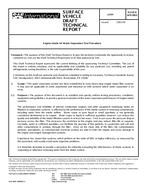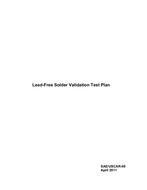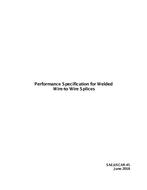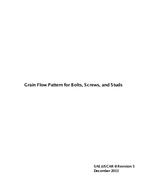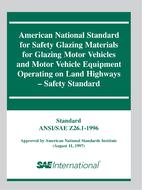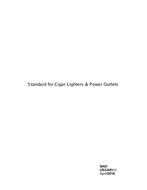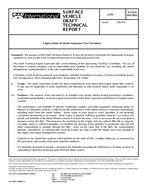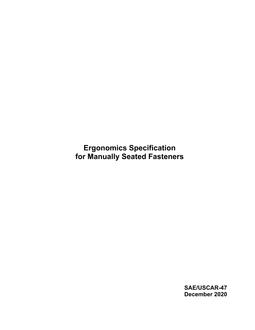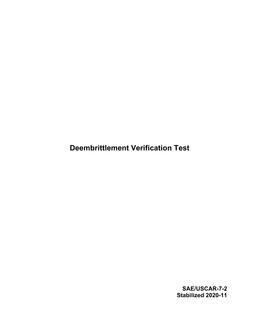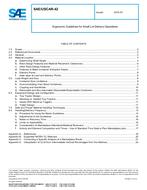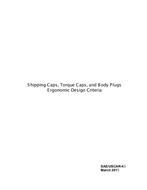Description
This water separation section has been established to cover heavy-duty engine intake filter systems. It may also be applicable to some automotive and industrial air inlet systems were water separation is an issue.The purpose of this document is to establish and specify uniform testing procedures, conditions, equipment and guidelines, to permit a general evaluation of the water separation performance of engine intake systems.The performance and reliability of internal combustion engines and other equipment employing intake air filtration or separation systems, is affected by the performance of the intake system in removing contaminants including water from the intake airflow. Water vapor or pure liquid in small quantities Is not generally considered detrimental to an engine. Water vapor or liquid in sufficient quantities however, can reduce the quality and reliability of the intake filtration system in at least two ways. First, it can cause the pressure drop to increase across the filter. This increases the restriction to the engine and may reduce filter life or capacity. Secondly, water in sufficient quantities can facilitate the passing of fine particles in suspension and salt and other contaminants in solution, through the filter. Once on the clean side of the filter, the contamination particles, precipitates, or consequential corrosion residue are able to enter the engine and cause damage to the engine and engine management systems.Experience has shown that systems, which perform on the order of 80% or higher efficiency, as measured by this procedure, will usually avoid water ingestion problems.It is therefore desirable to provide a procedure for uniformly evaluating the effectiveness of intake systems in separating or otherwise removing water from the intake system.Actual field conditions will vary widely, and are difficult to duplicate. The intent of this procedure is to specify the most important variables involved, which will promote uniform laboratory evaluation and comparison of the water separation performance of intake filter systems and components.
Product Details
- Published:
- 04/25/2003
- File Size:
- 1 file , 49 KB

